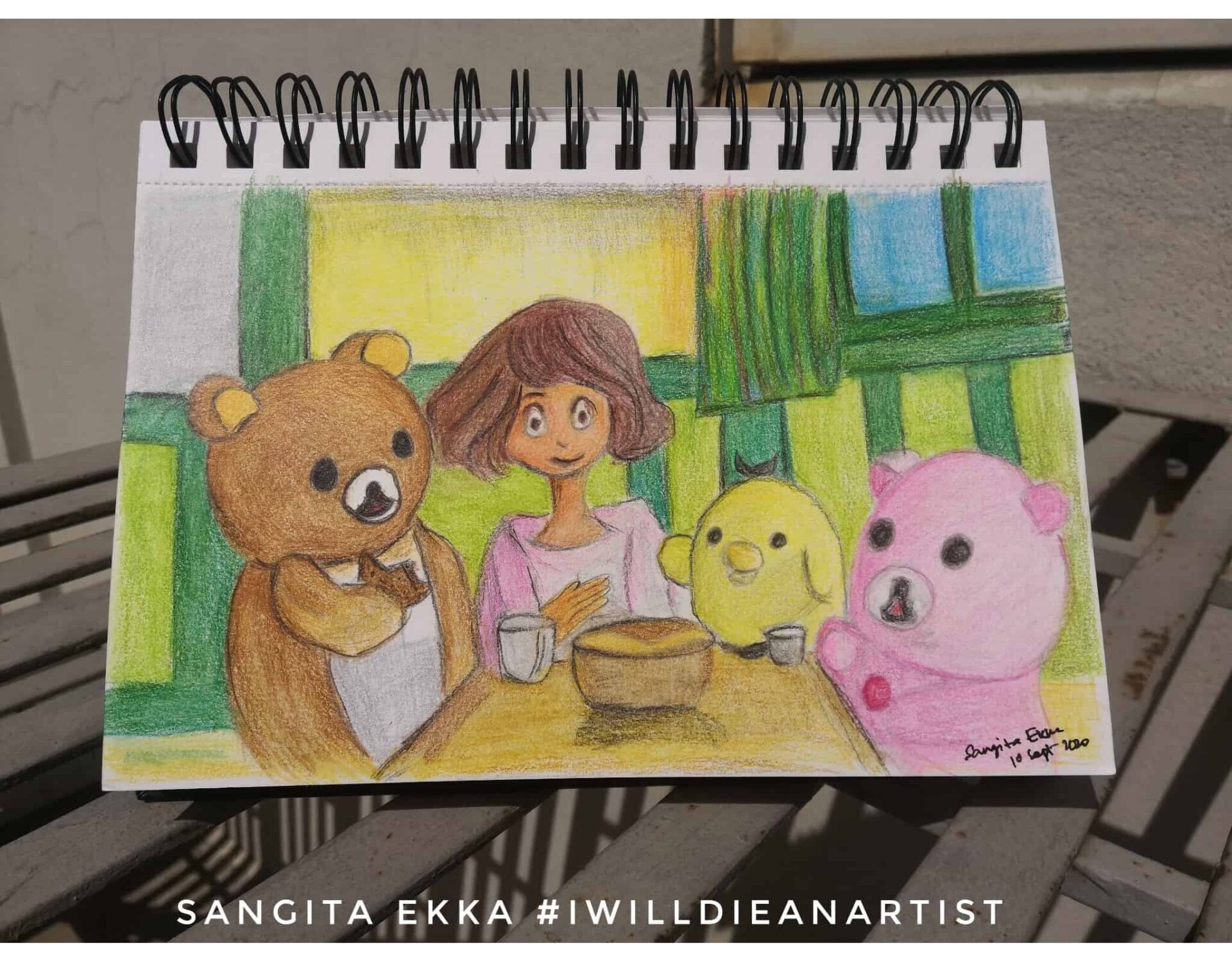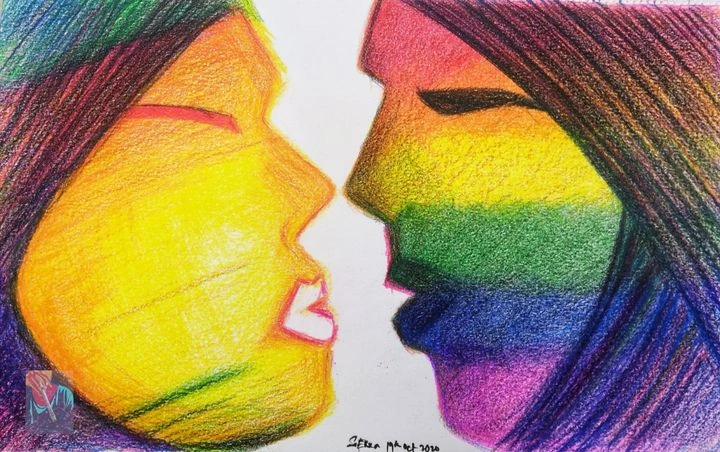Out of the many wonders of the human mind, the Third Man Syndrome, also known as the Third Man Factor, is reserved for the brave and the distressed.
In life-threatening situations, adventurists often report sensing the presence of a person who motivates and guides them in navigating the circumstances. This phenomenon is termed the Third Man Syndrome or the Third Man Factor. These people see and hear the non-existent person amidst extreme distress or isolation.
Sir Ernest Shackleton’s 1919 book, South, is likely the first document to record the phenomenon of the Third Man Syndrome, inspiring other mountaineers and sailors to share their stories. Almost a century later, John Geiger published his book The Third Man Factor: Surviving the Impossible documenting the same.
It may be unintentional, but similar stories depicting the Third Man Syndrome have found their way into animated storytelling via original scripts or adaptations.
AD
The Old Man And The Sea Duck Analysis
Libby Hinson wrote the TaleSpin episode The Old Man And The Sea Duck which aired on November 8, 1990.
Baloo and Kit fly through the treacherous and foggy Mirkl Pass and the radio hits Baloo’s head. He forgets about his plane Sea Duck, his cargo-delivery job, and his flying skills.
Hiding Baloo’s amnesia from Rebecca (a.k.a Ritika Mahalingam in Hindi dub), Baloo, Kit, and Wildcat set out for another cargo delivery. Wildcat flies the plane and after a while, the trio finds themselves amidst thunder and lightning. Kit and Wildcat parachute their way out, but Baloo fails to jump out of the plane.
From this point onwards, the plot is set for the Third Man Syndrome which lasts till the end of the episode.
Baloo receives instructions on his radio and makes a safe landing. The lightning and bad weather vanish. He sees a silhouette through the fog who introduces himself as Joe Magee.
Baloo discovers that Joe spoke to him on the radio, and he is also a top-tier pilot who runs a flying school at the landing spot.
What follows is Baloo’s brief training on flight simulation machines to regain his skills and fly out through a narrow passageway, the only way out from the airbase. Joe ticks his checklist each time Baloo clears a flight lesson.
Shortly after remembering his flying skills, Baloo still feels reluctant and makes excuses.
Joe tricks him into believing that he is hurt and urges Baloo to fetch a doctor from the nearby town. In a desperate attempt to save Joe, Baloo successfully navigates his way out, and Joe dances at his student’s success.
That’s the last time viewers see Joe Magee.
Baloo meets Kit and Wildcat on his way back along with the doctor, only to discover a deserted air base. Tumbleweeds, rickety flight simulation machines, and dusty photographs lay where Baloo had left Joe just 30 minutes ago. The doctor informs him that Joe Magee had passed away 20 years ago.
The only proof of Baloo’s experience is a photograph of him and Joe that he grabs teary-eyed.
Analyzing Baloo’s Third Man Syndrome
Animation keeps the door open for real, imaginary, and magic.
It is completely acceptable in the imaginary domain that Baloo and Joe Magee shared a photograph pinned on the bulletin board, making Joe almost real who stepped in to protect a fellow pilot.
Analyzing Baloo’s Third Man Syndrome in the real-world context paints a different picture.
The Third Man Syndrome triggers at the point of extreme loneliness in unfamiliar locations where the threat to life is high. So far, neuroscience and psychiatry suggest that under such circumstances, the human brain would create an illusion for survival and self-preservation.
In Baloo’s context, the conversation on the radio could be his brain instructing him without his awareness. The area where he landed was indeed deserted but the non-functioning flight simulation machines, old furniture, and the old resting bed were still in place.
It is entirely possible that all the simulations and checklists were inside Baloo’s head as a desperate attempt by his brain to make the best use of available sensory data and stay alive. He could have noted Joe’s old pictures and documents that still lay scattered around in the airbase. The food and water must also be dwindling.
Baloo was facing amnesia and extreme loneliness in the middle of nowhere.
Not only did his brain conjure Joe Magee for motivation, but it also made him sick to make Baloo fly out of that place. Once he was out, Baloo also escaped his temporary amnesia and was back to his normal self.
Later, when Kit sees the photograph and asks if he is a friend, Baloo responds with:
“More than a friend, Kit. More like a guardian angel.”
The Little Prince and other examples
Saint-Exupéry’s Le Petit Prince or The Little Prince is a possible example of the Third Man Syndrome.
Saint-Exupéry and his navigator crashed their plane in the Libyan desert in 1935. On the fourth day, they were discovered by the Bedouin community.
Some sources suggest that the plane crash was central to authoring The Little Prince. Just like Baloo, the pilot finds himself lonely in the middle of nowhere. The little boy with whom he interacts is likely to be a manifestation.
NeuroLaunch mentions the film Life of Pi where animal manifestations could be a result of The Third Man Factor.
I am tempted to include The Twelve Tasks of Asterix in which the duo Asterix and Obelix climb a snowclad mountain and answer an Old Man’s Riddle.
The popular anime Naruto frequently illustrates Third Man Syndrome through its protagonist. In the episode, “When Egrets Flap Their Wings”, Naruto feels the presence of another character encouraging him to keep his promise of protecting people.
Final Thoughts
Animated films and series are often perceived as a medium for kids’ entertainment, but creating animated content is a difficult job accomplished by qualified adults.
As an ardent Disney Golden Age fan, The Old Man And The Sea Duck continues to be my favorite TaleSpin episode.
Learning about the Third Man Syndrome has changed the way I perceive animated content and the unreal capacity of the human brain for self-preservation. I look forward to finding similar animated gems hidden in plain sight.
AD



